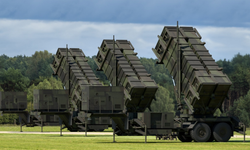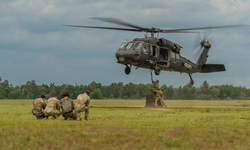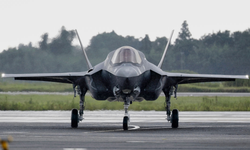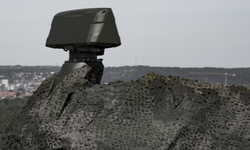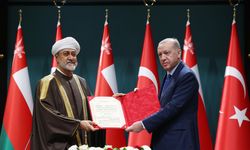The United Kingdom and the United States have reached a significant milestone in the development of hypersonic weapons, with the completion of an extensive testing programme that marks a crucial advancement in hypersonic propulsion technology.
The tests, conducted in collaboration between the UK Ministry of Defence (MOD), Defence Science and Technology Laboratory (Dstl), and the US Air Force Research Laboratory (AFRL), involved a series of successful static test runs at the NASA Langley Research Centre in Virginia, USA. Over six weeks, 233 tests were carried out across various hypersonic speeds, with real-time data analysis helping to refine and improve propulsion performance.
This programme is part of the UK's broader Hypersonic Weapons Programme, which aims to deliver a hypersonic weapon technology demonstrator by 2030. The successful completion of this testing represents a critical step toward enhancing the UK’s defence capabilities, contributing to the development of a hypersonic cruise missile system. This weapon is expected to provide a significant operational advantage for the UK armed forces.
The propulsion system tested is designed to enable a new generation of high-speed, air-breathing engines, offering longer ranges than conventional rocket-powered systems. By covering the full flight Mach number range from supersonic to hypersonic speeds, the testing validated the engine's robustness and readiness for future upgrades, which will play a crucial role in the evolution of hypersonic technologies.
The collaboration also highlights the continuing partnership between the UK and the US in advancing military technology. Industry partners, including UK SME Gas Dynamics Ltd, contributed to the testing, reflecting the role of small businesses in this high-tech research.
The successful tests are expected to support further development and refinement of the UK’s hypersonic capabilities. The MOD’s Team Hypersonics (UK) programme aims to ensure that the country remains at the forefront of hypersonic research, bolstering its national security and defence posture in an increasingly complex global security environment.
Defence Secretary John Healey commented on the importance of continued innovation to maintain a technological edge, particularly in the face of evolving security challenges. Dstl’s Chief Executive, Paul Hollinshead, emphasized that the success of these tests underlines the UK's commitment to advancing its defence technology and its ongoing collaboration with the US in the development of hypersonic weapons.



